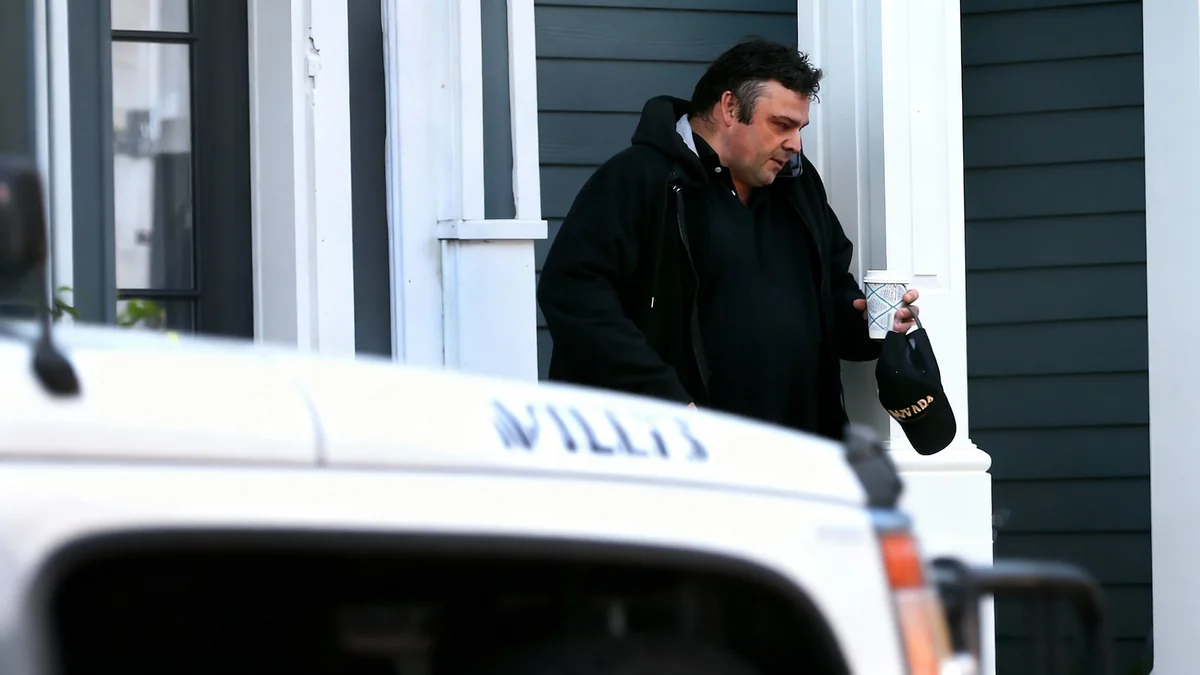In the competitive Philadelphia real estate market, a growing number of homebuyers are turning their attention to fixer-upper properties. These homes, often older and in need of renovation, are becoming an increasingly popular pathway to homeownership, offering significant savings in a market where affordability is a primary concern.
As of this summer, homes marketed as needing repairs accounted for nearly 8% of the total single-family homes for sale in the Philadelphia metropolitan area. This trend highlights a shift in buyer behavior, driven by both market pressures and the potential for long-term value creation.
Key Takeaways
- Demand for fixer-upper homes in the Philadelphia region has surged, with online searches more than tripling since 2021.
- Buyers can save nearly $200,000 on average by purchasing a fixer-upper compared to the median-priced home in the area.
- These properties attract 52% more online views than similarly aged and priced homes that are move-in ready.
- The trend is fueled by both first-time homebuyers seeking affordability and investors looking for profitable renovation projects.
The Economic Appeal of Renovation Projects
The primary driver behind the interest in fixer-uppers is the significant price difference. In a market where the median listing price for a single-family home reached approximately $517,000 in July, the prospect of a substantial discount is a powerful motivator for many prospective buyers.
Data from the housing market reveals that buyers who chose a fixer-upper saw an average discount of 38.1%. This translates to a potential savings of nearly $197,000, a figure that can make the difference between being able to afford a home or remaining on the sidelines.
By the Numbers
The median price for a fixer-upper in the Philadelphia region stands in stark contrast to the overall market. While the typical home is listed above half a million dollars, these renovation-ready properties offer a more accessible entry point for those with limited capital but a willingness to invest in sweat equity.
This financial advantage appeals to two distinct groups: first-time buyers struggling to enter the market and real estate investors, or "flippers," who see an opportunity to renovate and sell for a profit. For the former, it is a practical solution to affordability challenges; for the latter, it is a calculated business decision in a high-demand area.
A National Trend with Local Intensity
Philadelphia's experience is part of a broader national trend, but the dynamics are more pronounced here due to the city's status as one of the country's most competitive housing markets. With a limited supply of available homes, every property type, including those needing significant work, draws considerable attention.
Nationally, the median price for a fixer-upper was $200,000 as of July. This is less than half the national median of $436,250 for all single-family homes, illustrating the widespread value proposition these properties represent across the country.
Digital Interest Surges
The growing interest is clearly reflected in online search behavior. Keyword searches for terms like "fixer-upper" have more than tripled since 2021. This surge in digital curiosity translates directly into engagement with property listings.
Analysis shows that listings for fixer-uppers now attract 52% more page views per property than other homes of a similar age and price point that do not require repairs. This indicates that buyers are actively seeking out these opportunities, rather than just stumbling upon them.
What Qualifies as a Fixer-Upper?
For market analysis, a "fixer-upper" is typically defined as a single-family home at least 20 years old with a square-foot listing price below the median for its zip code. Furthermore, its marketing description must explicitly mention that it requires repairs, updates, or is being sold "as-is."
Challenges and Considerations for Buyers
While the financial benefits are clear, purchasing a fixer-upper is not without its challenges. Buyers must factor in the cost of renovations, which can be substantial and unpredictable. Securing financing for both the purchase and the repairs can also be more complex than a traditional mortgage.
Prospective buyers should consider the following steps:
- Thorough Inspections: A comprehensive home inspection is critical to understand the full scope of necessary repairs, from structural issues to plumbing and electrical systems.
- Budgeting for Renovations: Create a detailed budget that includes a contingency fund of 15-20% for unexpected costs that frequently arise during a renovation.
- Finding the Right Contractor: Partnering with a reliable and experienced contractor can be the key to a successful project that stays on time and within budget.
- Understanding Local Permits: Major renovations often require permits from the local municipality, a process that can add time and expense to the project.
Despite these hurdles, the allure of a lower entry price and the ability to customize a home to their own tastes keeps buyers interested. In a market as tight as Philadelphia's, the fixer-upper has become more than just a niche category; it is a vital component of the housing ecosystem, offering a tangible path to homeownership for a new generation of buyers.





